 05 August 2016
Rio 2016 Summer Olympics Games, Brought to You by Your Local Satellite
05 August 2016
Rio 2016 Summer Olympics Games, Brought to You by Your Local Satellite
... an overseas sporting event without delay and in real time. Since then, the Olympic Games have relied on communications satellites for increased broadcasting of the Games' events. Today, the global audience of the Olympic Games is billions of viewers...
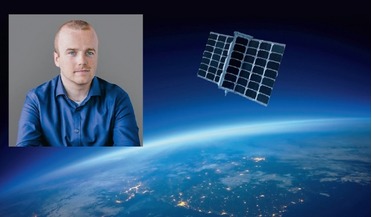 May 2022
Using space data to improve life on Earth
May 2022
Using space data to improve life on Earth
... computing industries. Since our applications would all be software-defined, it also meant we could continuously improve our satellites, even after they had been launched, through on-orbit software upgrades. Spire is vertically integrated, with both...
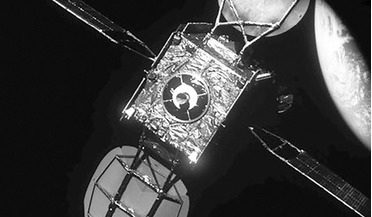 April 2021
Satellite servicing comes of age
April 2021
Satellite servicing comes of age
..., no one was entirely sure how Intelsat 901 would look, as there had never been an opportunity to see a communications satellite decades after launch. Would the solar panels have suffered damage? Would the insulation blankets be torn...
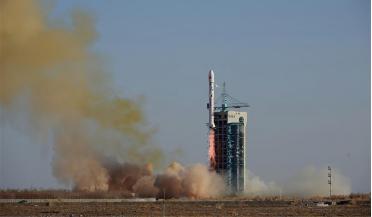 October 2023
Remote sensing by satellite - People’s Republic of China
October 2023
Remote sensing by satellite - People’s Republic of China
... was launched in December 2018 to an 800 km/50 degrees high circular orbit together with a Hongyan 1 prototype communications satellite. Tianhui 1 topographical satellite. Ludi Kancha Weixing (LKW) LKW is a high-resolution optical Earth observation...
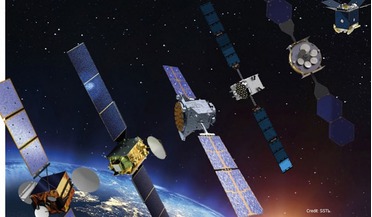 June 2015
Promoting growth at geostationary orbit with a one-stop-shop
June 2015
Promoting growth at geostationary orbit with a one-stop-shop
... 8 spacecraft. As of November 2014, there were more than 400 active satellites in geostationary orbit. The majority are communications satellites but there are some meteorological satellites there too. It is not just physical space that is limited...
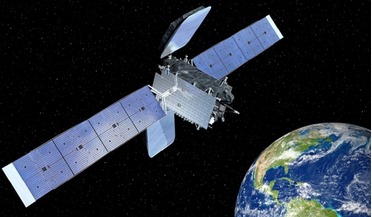 April 2018
Servicing the space economy
April 2018
Servicing the space economy
... propelled servicing spacecraft with its highly efficient thrusters can relocate a satellite to serve a new market. Envisage a communication satellite operator covering a mature telecommunications markets, and there is an emerging region that...